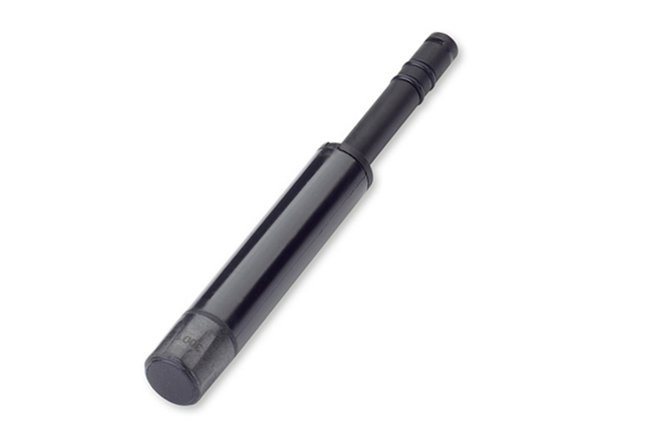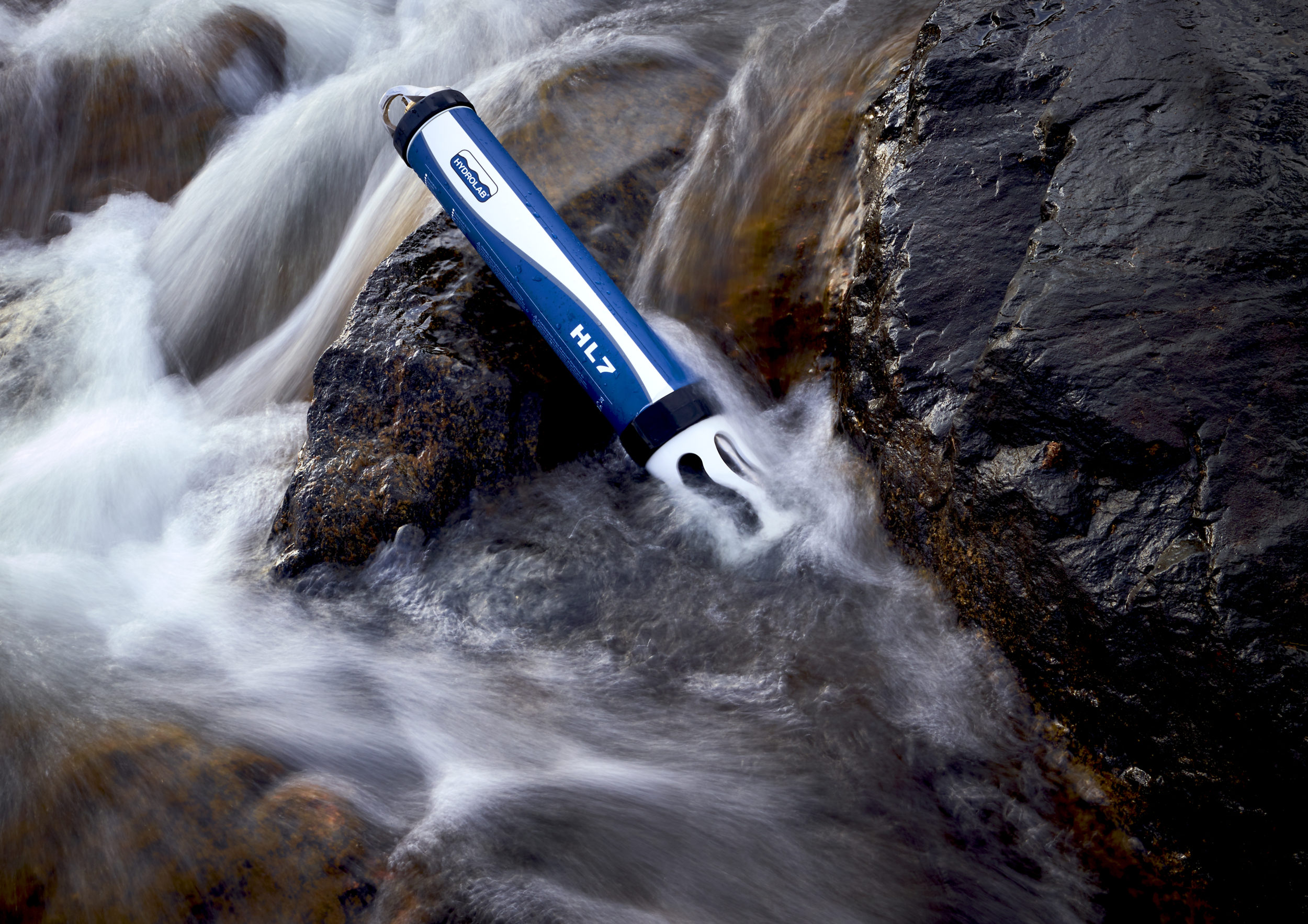Instructions for calibrating dissolved oxygen (DO) sensors are not the same from every manufacturer. For example, some manufacturers recommend calibrating in water-saturated air and others in air-saturated water. Then, the recommended methods for making a saturated environment are often different. Furthermore, when it comes to optical dissolved oxygen sensing methods there is inconsistency in requirements for calibration coefficients and membrane replacement frequency. This technical brief aims to minimize the uncertainty in the Hydrolab optical DO (LDO) sensor calibration process.

LDO Sensor Calibration Process
In principle, sensor calibrations require the sensor to be subjected to a calibration standard with a known value to which the sensor reading is compared and adjusted. For a dissolved oxygen sensor, this calibration standard is normally an environment that is 100% saturated with air and water. This environment has known conditions based on an accepted relationship between oxygen concentration, temperature, salinity, and barometric pressure. Therefore controlling or knowing the values of these three variables during calibration is required to have a good calibration standard.
Commercial dissolved oxygen sensors with user-allowed calibration adjustments have a one-point calibration at 100% saturated conditions. One strong benefit of this single calibration point is that the user can create the standard at nearly zero cost. The basic requirement is to create an environment that is 100% saturated with air and water. This can be done without specialized equipment or materials.
There are many ways to create a 100% saturated environment. When calibrating Hydrolab LDO sensors, the recommended approach is to create 100% air-saturated water. To make 100% air-saturated calibration standard fill a container (example: a 1 liter or 1 gallon container with a closed top) ¾ full with deionized water or clean (conductivity of less than 500 μS/cm) tap water. Let the water temperature reach equilibrium with the calibration environment. Then shake the container vigorously for approximately 30 seconds. This makes 100% air-saturated water.
Alternative approaches to creating a 100% saturated environment include wrapping a wet towel around the sensor guard or bubbling air through a reservoir of water. The ‘wet towel’ method risks the temperature sensor and the LDO membrane being at different temperatures. The ‘bubbled air’ method risks the water being over-saturated. Therefore these methods are discouraged when calibrating Hydrolab LDO sensors.
To calibrate a Hydrolab LDO sensor using the % saturation method fill the calibration cup so that the temperature sensor and the LDO sensor are submerged in water that is 100% air-saturated. Make sure the temperature of the water is stable and at equilibrium with the air temperature. Following this recommendation creates a condition where the temperature sensor and LDO membrane are at practically the same temperature as the calibration standard and the surrounding atmosphere. Also, make sure the accurate barometric pressure is used and do not screw the calibration cap on the calibration cup.
In Hydrolab multiparameter instruments, the LDO sensor calibration process uses output from the temperature sensor and the conductivity sensor. Make sure the temperature sensor and conductivity sensors are within specifications. If the temperature sensor or conductivity sensor are not within specifications then these errors may impact the LDO sensor calibration accuracy.
A best practice is to replace the Hydrolab LDO sensor cap after one year of use. Hydrolab sonde users do not enter coefficients when a membrane is changed. This is because calibration coefficients for Hydrolab LDO sensors are managed in the system’s firmware and software. Also, special care is taken during the Hydrolab LDO cap manufacturing process to minimize lot-to-lot variation and reject caps that are not characterized by a standard set of coefficients.
Hydrolab LDO Calibration Checklist:
- Have 100% air saturated low ionic strength water, such as tap water or deionized water
- Make sure the standard is not over- or under-saturated with oxygen
- Make sure the calibration standard, sonde, and atmosphere are equilibrated to the same temperature
- Have the accurate barometric pressure at the time and place where calibration is done (for % sat calibrations)
- Make sure the temperature sensor and conductivity sensors are working properly and meet accuracy specifications



